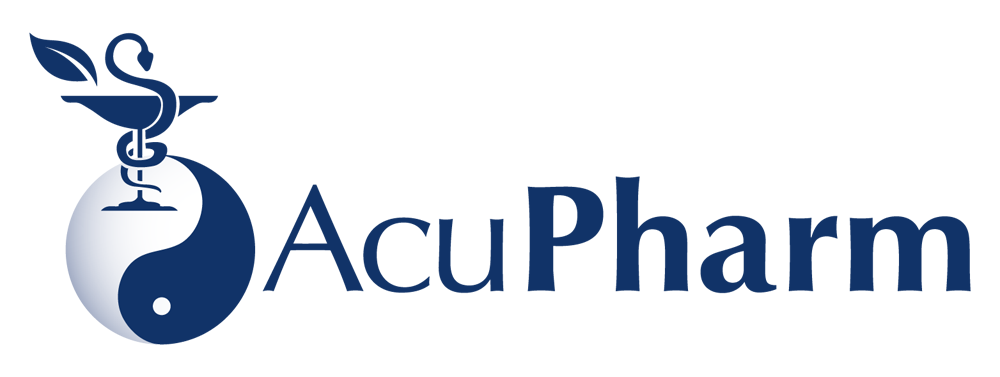Acupuncture
Acupuncture is a widely utilized form of alternative and complementary medicine globally. It is one of the main branches of traditional Chinese medicine used to prevent and treat illness based on ancient medical theories rooted in Chinese philosophy.
Disposable, single-use, thin, sterile needles are inserted at specific pointsbased on ancient concepts of harmony and health to stimulate and guide your body's own healing abilities. Acupuncture is safe when performed by a properly trained and licensed acupuncturist. There are various explanations, traditional and modern, on the how acupuncture works. However, there are major challenges with designing proper acupuncture clinical trials using modern research methodology due to the nature of how acupuncture is practiced and applied clinically. We offer free initial consults to answer questions and help you decide if acupuncture is right for you.
Acupuncture styles utilized at AcuPharm include:
Traditional Chinese Medicine (TCM) style
Kiiko Matsumoto style (Japanese)
Acupuncture Physical Medicine (APM) style (myofascial trigger point dry needling)
Dr. Richard Tan's global balance method
Japanese meridian style
Neuropuncture
Tui Na
Tuina (pronounced "Twee Nah") is a form of Chinese medical bodywork which incorporates massage like techniques with other unique mobilization techniques based on Chinese medical theory to simultaneously diagnose and treat imbalances and structurally re-integrate the body. It can be used as a stand-alone therapy for various external musculoskelatal disorders as well as internal conditions. It is commonly combined with other forms of treatment modalities such as acupuncture, cupping, gua sha, and external or internal use of Chinese herbal medicine.
Gua Sha
Gua means to rub or scrape and Sha means bruise or petechiae, which is used to describe the redness that appears on the skin after treatment. Gua Sha technique involves rubbing a blunt instrument over lubricated skin to create extravasation of blood in subcutaneous tissue. Gua Sha improves blood circulation and produces anti-inflammatory and immune protective effects. It is used for acute and chronic painful conditions, musculoskeletal stiffness, gynecological conditions, common cold & flu symptoms, and internal organ disorders. The redness fades slowly over 3 to 5 days. Gua Sha is often combined with acupuncture treatments.
Cupping
Cupping is a therapy in which glass cups are used to create suction on the skin to improve blood flow and microcirculation of the subcutaneous tissue. There are different types of cupping techniques used for treating various conditions. The most common techniques are stationary and moving cupping. This therapy is used for pain conditions, musculoskeletal stiffness, respiratory disorders, digestive disorders, and gynecological disorders. Cupping creates redness or bruising of skin similar to Gua Sha that fades over 3 to 5 days.
Moxibustion
Moxibustion is a powerful heat therapy in which a spongy dry herb called mugwort (moxa) is burned to stimulate acupuncture points. Different techniques of moxibustion include direct grain-sized moxa applied to acupuncture point with a barrier cream, pole moxa to stimulate points from a distance, moxibustion on top of a metal needle handle, and moxibustion on top of salt or ginger. Moxibustion can be used as stand-alone therapy for patients with needle phobia or combined with other therapies like acupuncture. The Chinese character for acupuncture when translated literally means 'acupuncture-moxibustion'. Therefore, traditionally treating with acupuncture implied use of both, needles and moxa.
Electro-Acupuncture
Involves application of electrical micro-current to acupuncture needles to stimulate the acupuncture points. Electrical stimulation is sometimes used to augment the effect of acupuncture treatment for certain neurological conditions including chronic pain, spasm, and paralysis.
